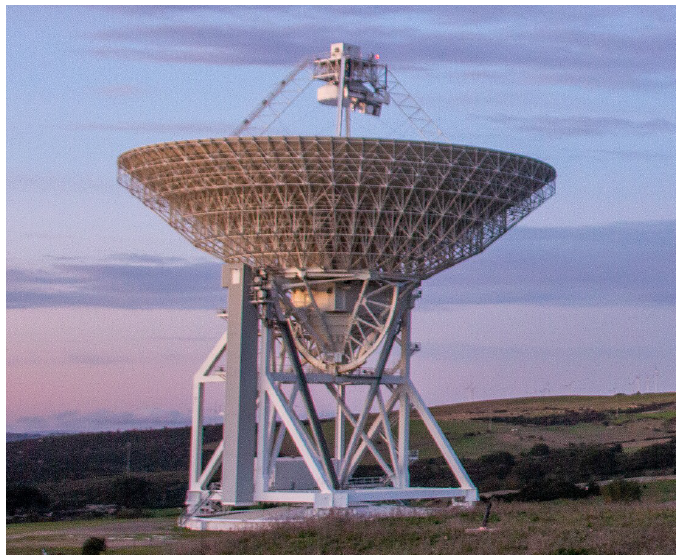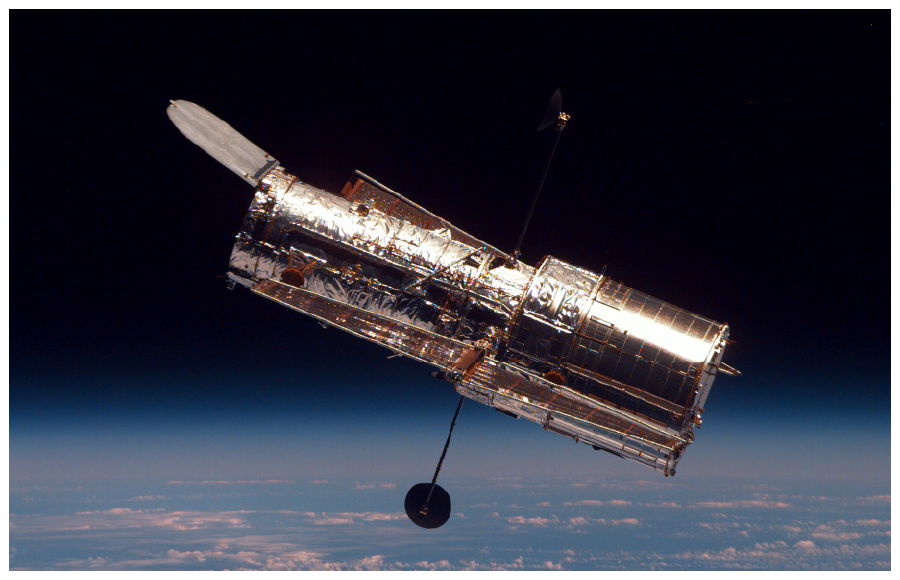Observing the Universe
This lesson covers:
1The different types of telescope used to observe stars
2The advantages and disadvantages of each type of telescope
Naked eye astronomy
Until the 1500s, astronomers depended on observations of the stars made with the naked eye, meaning they did not use any devices like telescopes.
Advantages:
- It is low cost as no expensive equipment is needed.
- It can be conducted anywhere.
Disadvantages:
- The naked eye cannot detect faint lights or light from distant stars and galaxies.
- It is heavily dependent on clear weather conditions; stars cannot be observed on cloudy days.
- Only visible light can be detected by the human eye.
The first telescopes
The first telescopes used glass lenses to focus the light from stars.

In the 1600's Newton introduced mirrors into telescopes. This allowed telescopes to be constructed with lower image distortion and better focussing of light.
Advantages:
- These telescopes can collect more light than naked eye astronomy. This means more stars can be seen than with the naked eye.
- With the use of lenses and mirrors, light is more focussed, producing a better quality image.
Disadvantages:
- Require a clear day to observe astronomical objects. Simple telescopes cannot be used on cloudy days.
- Simple optical telescopes are only able to detect visible light.
Telescopes at altitude.
As altitude increases, the density of the atmosphere decreases. This is advantageous for telescopes, as the atmosphere absorbs certain wavelengths of infrared radiation, gamma rays, and ultraviolet light
By placing telescopes atop mountains, they are able to detect electromagnetic radiation that would have been absorbed by the atmosphere at ground level. Telescopes atop mountains also experience less light pollution, allowing them to detect fainter stars or more distant galaxies.
Radio telescopes can also be used to detect radiation that is not in the visible part of the spectrum.

Space telescopes - The Hubble telescope
Space telescopes are telescopes fitted to satellites orbiting Earth or in deep space.

Advantages:
- They are unaffected by atmospheric distortion from Earth's atmosphere.
- They are capable of detecting all wavelengths of electromagnetic radiation.
- They can observe extremely faint light from stars and distant galaxies.
Disadvantages:
- They are expensive to build.
- They are significantly challenging to repair once in space.
What is the main advantage of naked eye astronomy?
It can be done on cloudy days
Can detect faint light
Can detect light from distant stars/galaxies
Low cost
|
What improvement did Newton introduce to telescopes in the 1600's?
Better focusing of light
Mirrors
Glass lenses
Lower distortion
|
What type of light can simple optical telescopes detect?
Infrared light
Visible light
X-ray light
Ultraviolet light
|
What are two advantages of space telescopes?
They can detect very faint light from stars and distant galaxies.
They are easy to repair once in space.
They are inexpensive to build.
They do not experience atmospheric distortion due to Earth's atmosphere.
|
What is a disadvantage of space telescopes?
They do not experience atmospheric distortion due to Earth's atmosphere.
They can detect very faint light from stars and distant galaxies.
They are easy to repair once in space.
They are expensive to build.
|